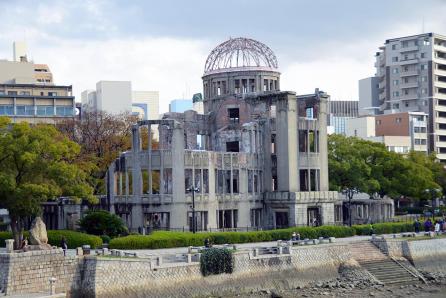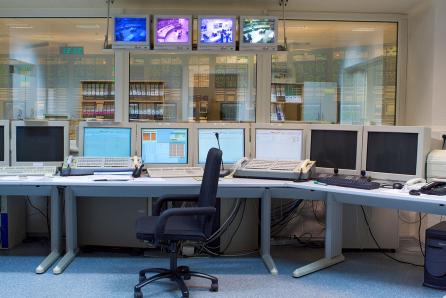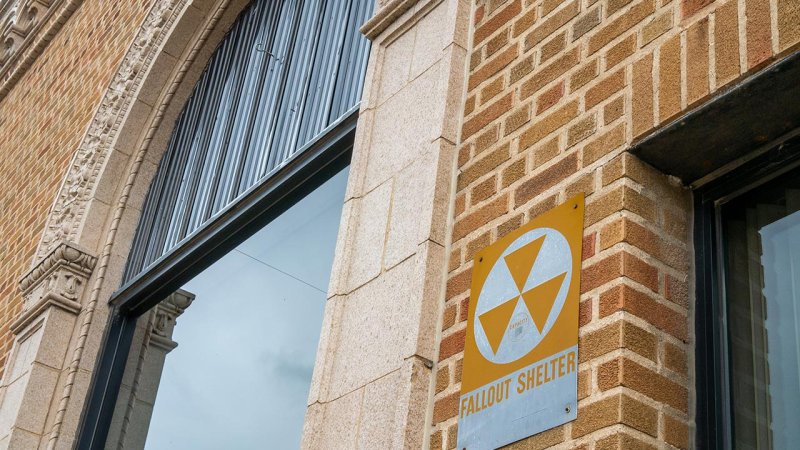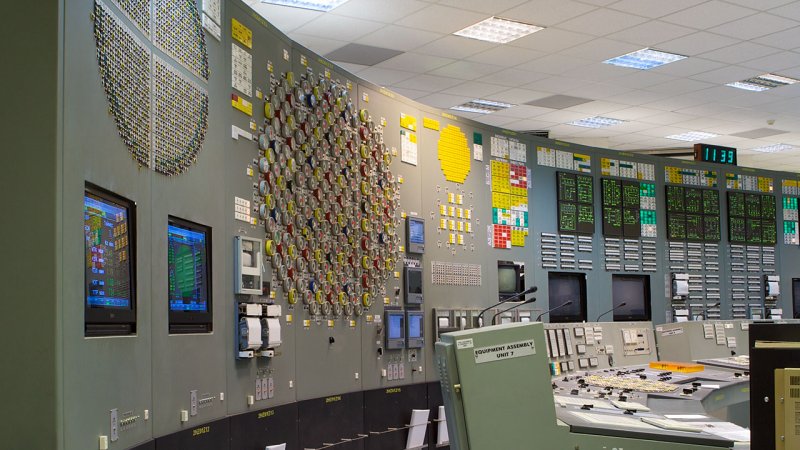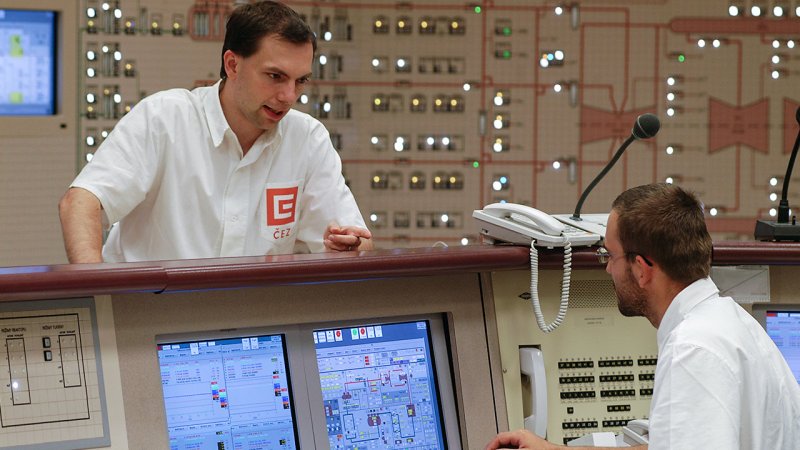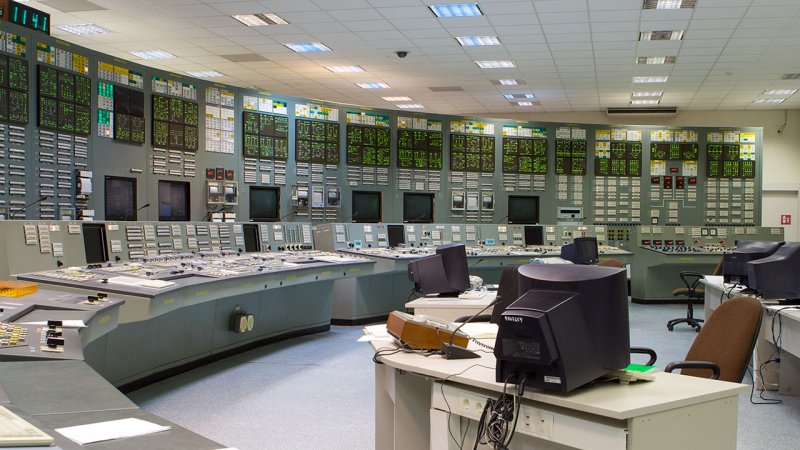
Nuclear Safety
4 min read
The Atomic Dome in Hiroshima. Humanity has learned about the effects of radioactive radiation from atomic bomb explosions. That is why the safety countermeasures implemented in all the world’s nuclear power plants, must be as strict as possible.
Electric energy must be generated cheaply and in sufficient amounts, but also safely regarding the environment. The energy of fire has been known to humanity since the dawn of civilization. People knew well its possible harmful effects and also how to handle fire safely. However, nuclear energy is a recent discovery and its effects were demonstrated first by the destructive nuclear explosion above Hiroshima. Quite naturally, people were greatly concerned what would happen if a fission reaction got out of control. From the very beginning of the peaceful use of nuclear energy, safety measures have been very strict. The set of measures referred to as nuclear safety ensures that energy generation by means of atomic fission is safe. Safety systems are constantly being improved, each subsequent reactor generation learns from the operation of its predecessors. Power plant operators are also becoming more and more professional.
The safety systems represent one-quarter of a power plant’s cost.
A very important part of the nuclear power plant operator’s practical training is simulator training. It takes place in an accurate copy of the actual control room where operators learn how to handle various standard, as well as non-standard, situations.
What is Nuclear Safety?
Nuclear safety is the ability of a nuclear facility and its operators to ensure that the fission process remains always under control and that the radioactive substances produced during fission are not released into the environment. Its goal is to minimize the danger of accidents. In case of an accident, the release of radioactive substances into the environment must be minimized, as well as its harmful impact on the public.
The easiest and cheapest method is accident prevention, and every power plant implements many measures to do just that. In the first place, the actual power plant is constructed in such a way that it contains a set of redundant safety systems that support the physical features of that specific nuclear reactor — in many cases, the reactor can handle the situation by itself, thanks to the built-in inherent safety components utilizing the laws of physics. Additionally, all the devices are constantly being checked and tested in order to detect any possible malfunction or possible operator error. There are often several independent safety systems installed for the critical components of a reactor. Operator training and testing is also very important in order to check their ability to control the reactor. There are also systems that can eliminate or prevent human error.
A nuclear power plant is constructed in such a way that it is able to handle any eventual accident or malfunction of its elements; it can prevent the onset of such accidents or eliminate their effects. An accident that does not have any impact on its surrounding is called a design accident. The probability that it will occur is one in tens of thousands of years; for more modern plants it is once per a million years or more.
The critical safety components of a nuclear power plant are triplicated, at least.



